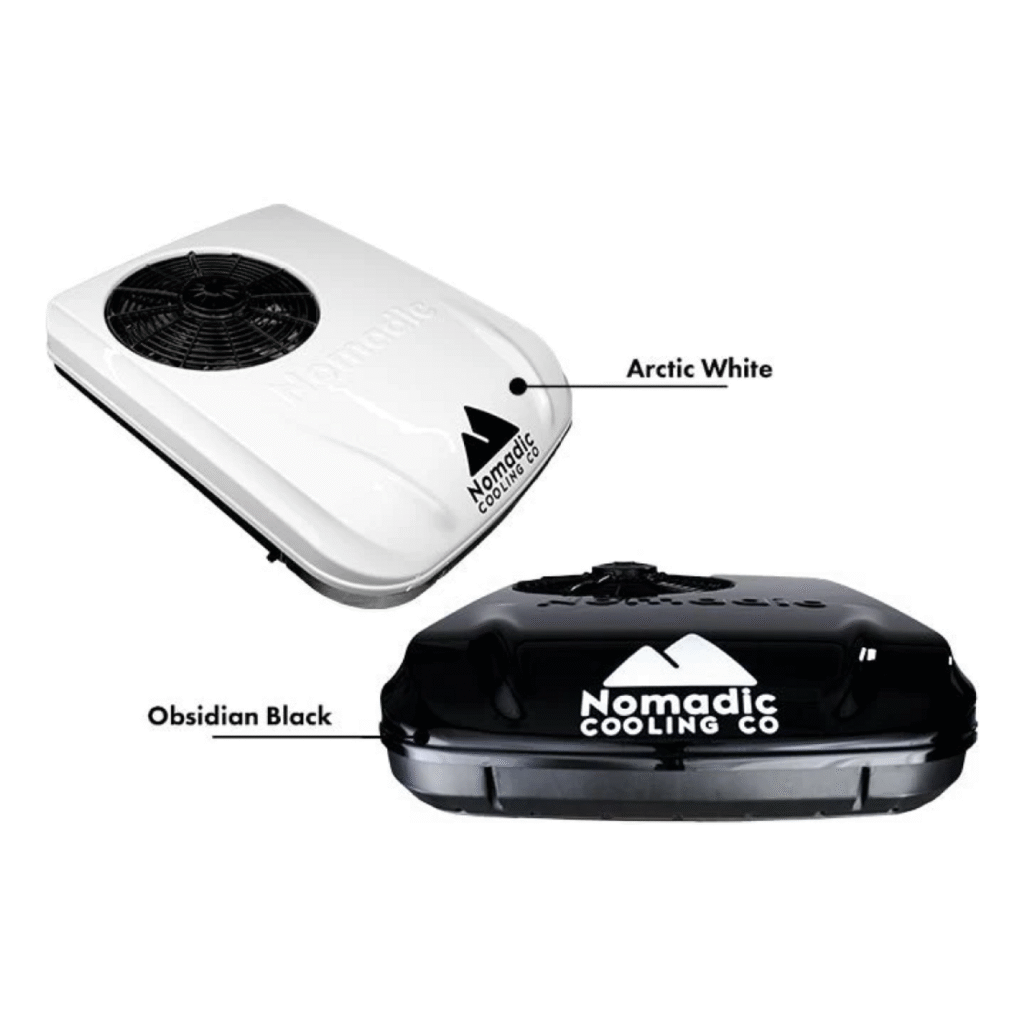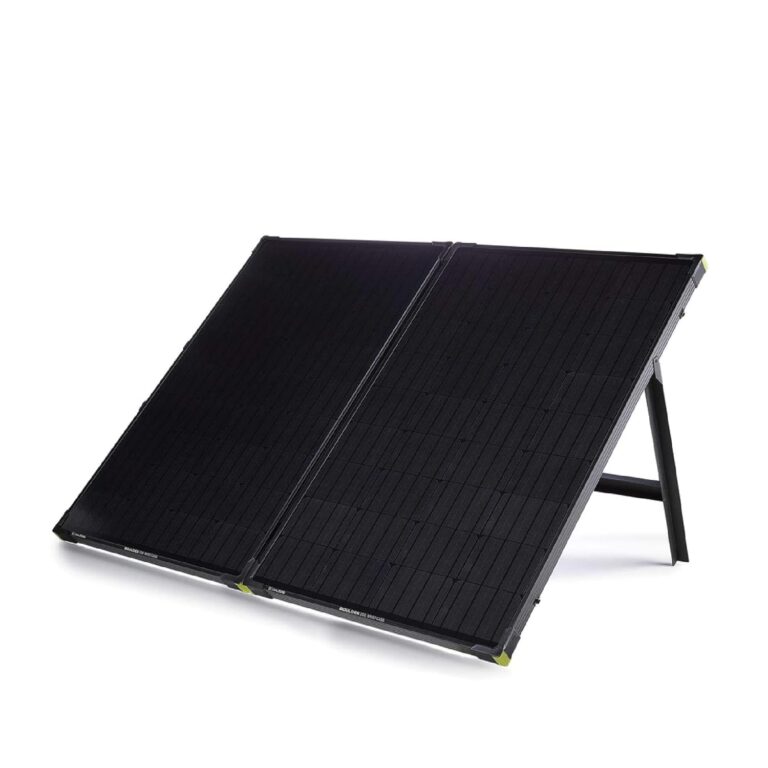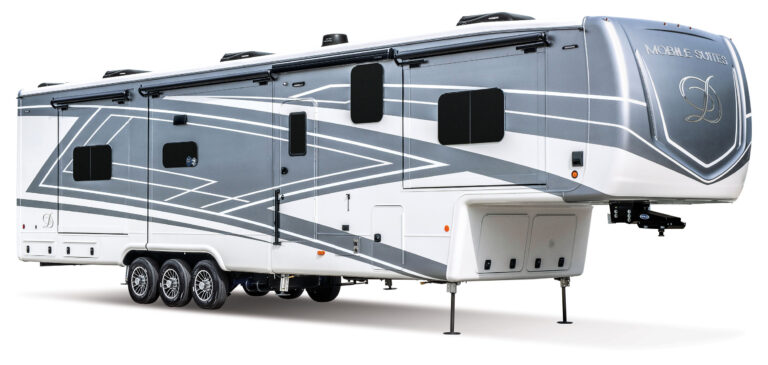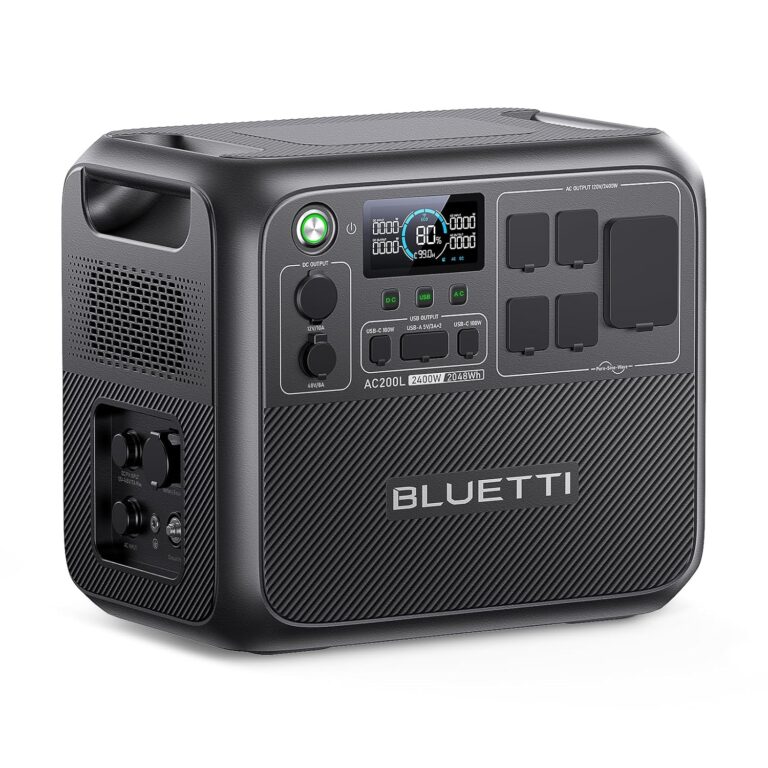RV Air Conditioning Options: Staying Cool on the Road
Introduction
Hitting the open road in your RV is an amazing experience. But let’s face it, a sweltering RV can quickly turn a dream vacation into a sweaty nightmare. That’s where a reliable air conditioning system comes in. Choosing the right RV AC unit can be a game-changer, ensuring your comfort and enjoyment no matter where your adventures take you.
In this guide, we’ll break down the various RV air conditioning options available, helping you make an informed decision that suits your needs and budget. We’ll cover everything from the different types of AC units to factors like cooling capacity, energy efficiency, noise levels, and installation.
Why RV Air Conditioning Matters
Before diving into the specifics, let’s quickly address why RV air conditioning is so important:
- Comfort: Plain and simple, a cool RV is a comfortable RV. This is especially true when traveling during the peak summer months.
- Health: Extreme heat can be dangerous, particularly for children, seniors, and those with underlying health conditions. Air conditioning helps maintain a safe and healthy environment inside your RV.
- Equipment Protection: Excessive heat can damage sensitive electronic equipment like TVs, computers, and even some RV appliances.
- Better Sleep: A comfortable temperature is essential for quality sleep. After a long day of driving or exploring, you’ll want to rest well so you can be ready for the next adventure.
- Pet Safety: If you travel with pets, air conditioning is crucial to their well-being, as they are even more susceptible to heatstroke than humans.
Types of RV Air Conditioning Units
Now, let’s get into the different types of RV AC units you’ll encounter:
- Rooftop Air Conditioners:
- Description: These are the most common type of RV AC units. As the name suggests, they are mounted on the roof of the RV, typically in a pre-existing vent opening.
- Pros:
- Powerful cooling capacity (typically 13,500 to 15,000 BTUs)
- Relatively affordable
- Easy to install (in most cases)
- Common replacement part
- Cons:
- Can be noisy
- May require a generator or shore power to operate
- Reduces headroom slightly
- Affects the RV’s aerodynamics
Rooftop AC installation can be done by a professional, or you can tackle it yourself if you’re handy. Here’s a general overview:- Preparation: Disconnect from all power sources. Ensure the RV roof is clean and dry.
- Mounting: Lift the AC unit onto the roof, aligning it with the vent opening. Use a new gasket to create a seal.
- Wiring: Connect the AC unit to the RV’s electrical system, following the manufacturer’s instructions carefully.
- Testing: Turn on the AC to ensure it’s working correctly.
- Cleaning the air filters monthly.
- Inspecting the unit for leaks or damage.
- Checking the fan and motor for proper operation.
- Having a professional inspection annually.
- Basement Air Conditioners:
- Description: These units are installed in the RV’s basement or storage compartment. They use ductwork to distribute cool air throughout the RV.
- Pros:
- Quieter than rooftop units
- More efficient cooling
- Doesn’t affect headroom
- Cons:
- More expensive than rooftop units
- More complex installation
- Takes up storage space
- Difficult to replace or repair on your own
Example: The Coleman Mach 8 Basement Air Conditioner is a high-end option that offers excellent cooling and quiet operation.
- Portable Air Conditioners:
- Description: These are self-contained units that can be moved around inside the RV. They typically vent hot air out a window using a hose.
- Pros:
- Easy to install (no permanent installation required)
- Relatively inexpensive
- Can be used in multiple locations
- Cons:
- Less powerful than rooftop or basement units
- Take up floor space
- Require a window for venting
- Can be noisy
- Mini-Split Air Conditioners:
- Description: These are ductless systems that consist of an indoor unit (evaporator) and an outdoor unit (condenser).
- Pros:
- Very quiet operation
- Energy-efficient
- Precise temperature control
- Cons:
- More expensive than rooftop or portable units
- Requires professional installation
- Can be difficult to install in some RVs
- Affects the RV’s aerodynamics
Key Factors to Consider When Choosing an RV AC Unit
Selecting the right RV AC unit involves several important considerations:
- Cooling Capacity (BTUs):
- BTU stands for British Thermal Unit, and it’s a measure of how much heat an AC unit can remove from a space in one hour. The higher the BTU rating, the more cooling power.
- How to determine the right BTU for your RV:
- RV Size: A general guideline is to use 300-400 BTU per square foot of RV space. For example, a 300-square-foot RV would need approximately 9,000-12,000 BTU.
- Climate: If you’ll be traveling in hot and humid climates, you’ll need a higher BTU rating than if you’ll be in milder climates.
- Insulation: Well-insulated RVs require less cooling power than poorly insulated ones.
- Sun Exposure: RVs parked in direct sunlight will require more cooling power.
- Energy Efficiency (EER/SEER):
- EER (Energy Efficiency Ratio): This measures how efficiently an AC unit cools when operating under specific conditions. To calculate it, you divide the BTU rating by the power consumption in watts. A higher EER indicates better energy efficiency.
- SEER (Seasonal Energy Efficiency Ratio): This is a more comprehensive measure of energy efficiency, taking into account varying temperatures and operating conditions over an entire cooling season. SEER ratings are typically higher than EER ratings.
- Why energy efficiency matters:
- Lower energy consumption leads to lower operating costs (less money spent on electricity or generator fuel).
- Energy-efficient AC units put less strain on your RV’s electrical system.
- They are more environmentally friendly.
- Noise Level:
- RV AC units can be noisy, especially rooftop models. Noise levels are typically measured in decibels (dB).
- What to look for:
- Consider AC units with noise-dampening features or quieter fan designs.
- Check customer reviews to get a sense of how noisy an AC unit is in real-world use.
- Basement and mini-split AC units are generally quieter than rooftop units.
- Power Requirements:
- RV AC units require a significant amount of power to operate. You’ll need to consider whether your RV’s electrical system can handle the load.
- Power sources:
- Shore Power: If you’re camping at a campground with electrical hookups, you can typically run your AC unit without any issues.
- Generator: If you’re boondocking (camping without hookups), you’ll need a generator to power your AC unit. Make sure your generator has enough wattage to handle the AC unit’s power requirements, as well as any other appliances you’ll be using.
- Battery Bank: Some RVers install large battery banks and inverters to run their AC units for short periods of time. However, this is generally not a practical solution for extended use.
- Installation:
- The ease of installation varies depending on the type of AC unit.
- Rooftop Units: These are relatively easy to install, especially if your RV already has a pre-existing vent opening.
- Basement Units: These require more complex installation, as they involve running ductwork.
- Portable Units: These are the easiest to install, as they simply need to be placed inside the RV and vented out a window.
- Mini-Split Units: These require professional installation, as they involve connecting the indoor and outdoor units and handling refrigerant.
- Maintenance:
- Regular maintenance is essential to keep your RV AC unit running smoothly and efficiently.
- Common maintenance tasks:
- Cleaning or replacing air filters regularly (usually every 1-3 months)
- Inspecting and cleaning the condenser coils
- Checking for leaks
- Lubricating moving parts
- Having a professional inspection and tune-up annually

Comparing RV AC Units: A Table
Here’s a table summarizing the key characteristics of the different types of RV AC units: Download
| Feature | Rooftop AC | Basement AC | Portable AC | Mini-Split AC |
|---|---|---|---|---|
| Cooling Capacity | High | High | Low | Medium to High |
| Energy Efficiency | Moderate | High | Low | High |
| Noise Level | High | Low | Moderate | Very Low |
| Cost | Moderate | High | Low | High |
| Installation | Easy to Moderate | Complex | Very Easy | Professional |
| Space Requirements | Rooftop | Basement | Floor | Wall-Mounted |
| Power Requirements | High | High | Moderate | Moderate |
Tips for Maximizing RV Air Conditioning Efficiency
Here are some practical tips to help you get the most out of your RV AC unit:
- Park in the Shade: Whenever possible, park your RV in a shady spot to reduce the amount of direct sunlight hitting the RV.
- Use Window Coverings: Close blinds, curtains, or shades during the hottest part of the day to block out sunlight and reduce heat gain.
- Insulate Windows: Consider using reflective window film or insulated window coverings to further reduce heat transfer through the windows.
- Seal Gaps and Cracks: Seal any gaps or cracks around windows, doors, and vents to prevent air leaks.
- Ventilation: Use ceiling fans or portable fans to circulate cool air throughout the RV.
- Limit Heat-Generating Activities: Avoid using appliances that generate a lot of heat, such as ovens and stovetops, during the hottest part of the day.
- Regular Maintenance: Keep your AC unit clean and well-maintained to ensure it’s running efficiently.
- Upgrade Insulation: If your RV is older or poorly insulated, consider upgrading the insulation in the walls, roof, and floor.
- Consider a Soft Start: a soft start is a device that reduces the initial power surge when the AC unit starts, making it easier to run on a generator or limited power source.
Examples and Case Studies
To illustrate the importance of choosing the right RV AC unit, let’s look at a few real-world examples:
- The Full-Time Family: A family of four who lives in their RV full-time travels extensively throughout the United States. They rely on their rooftop AC unit to stay comfortable in a variety of climates. They chose a model with a high BTU rating and energy-efficient design to minimize energy consumption and keep their living space cool.
- The Weekend Warrior: A couple who uses their RV for weekend camping trips primarily in moderate climates opted for a portable AC unit. It’s easy to set up and provides sufficient cooling for their needs, without the expense and complexity of a permanent installation.
- The Boondocker: An RVer who enjoys boondocking in remote areas installed a mini-split AC unit and a solar power system. This allows them to stay cool and comfortable without relying on shore power or a noisy generator.
Conclusion
Choosing the right RV air conditioning system is a critical decision that can significantly impact your travel experience. By understanding the different types of AC units, considering the key factors discussed in this guide, and taking steps to maximize efficiency, you can create a comfortable and enjoyable living space on wheels, no matter where your adventures take you. Happy travels!





